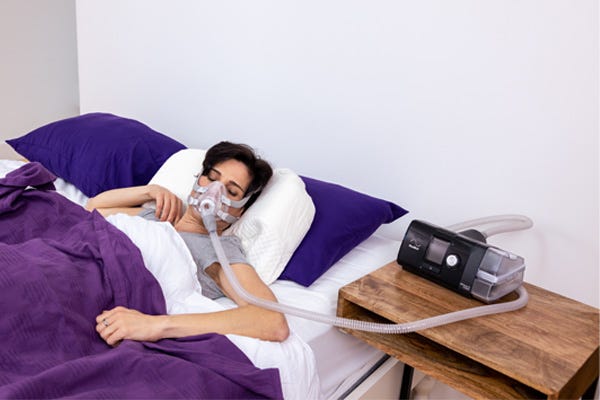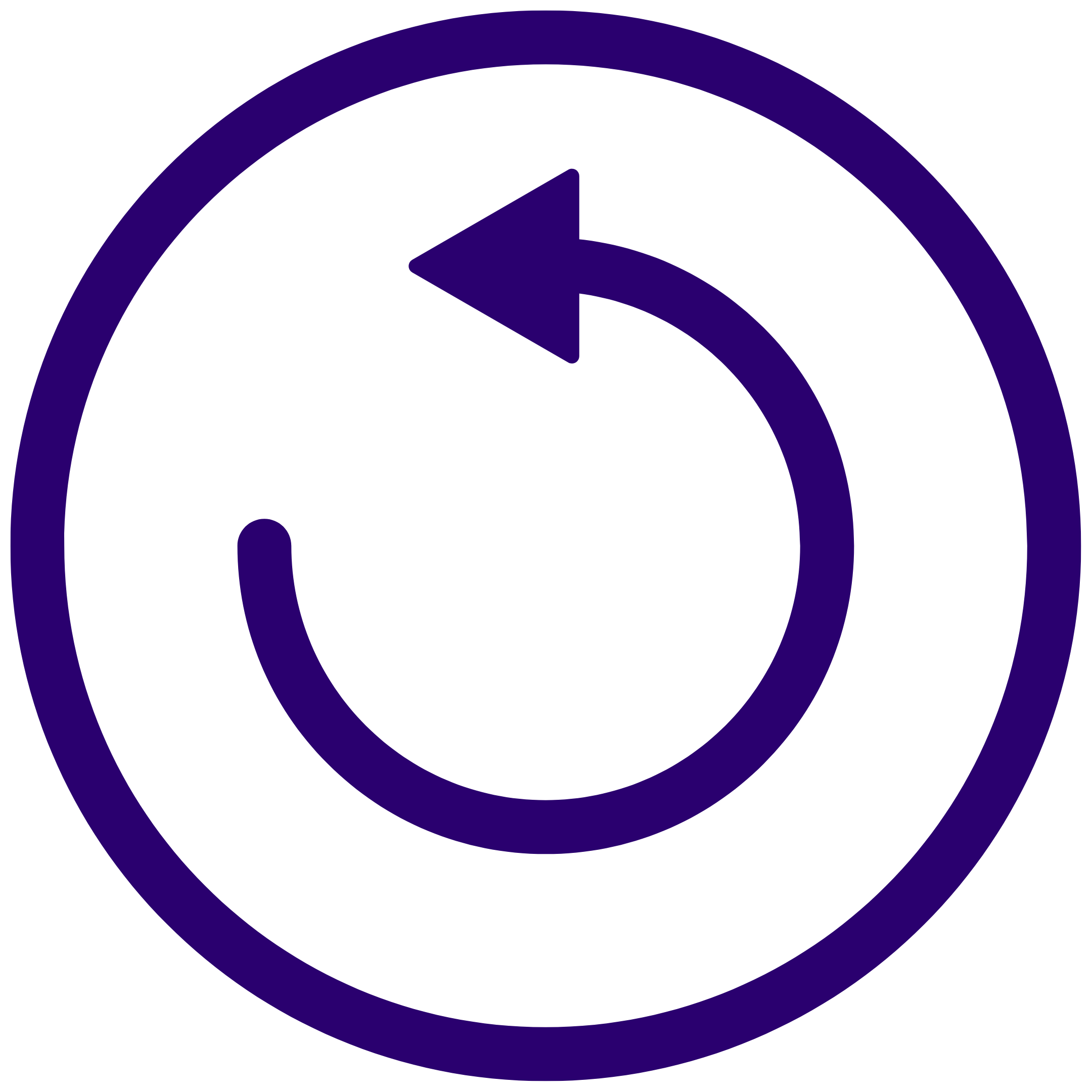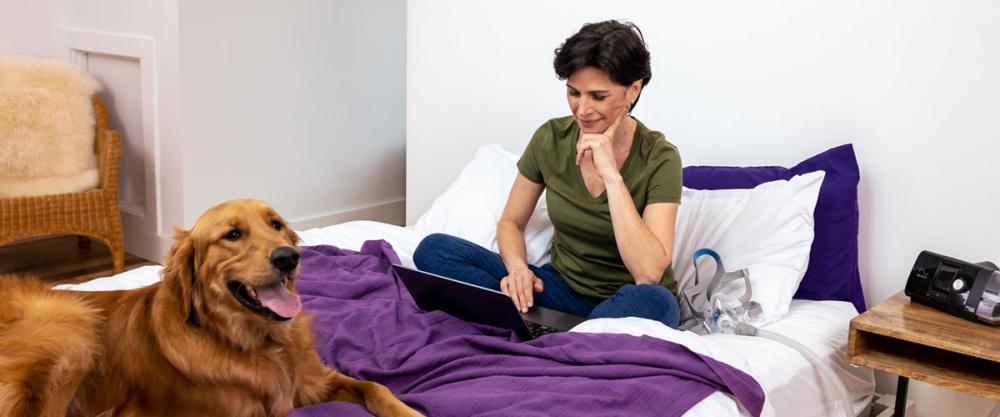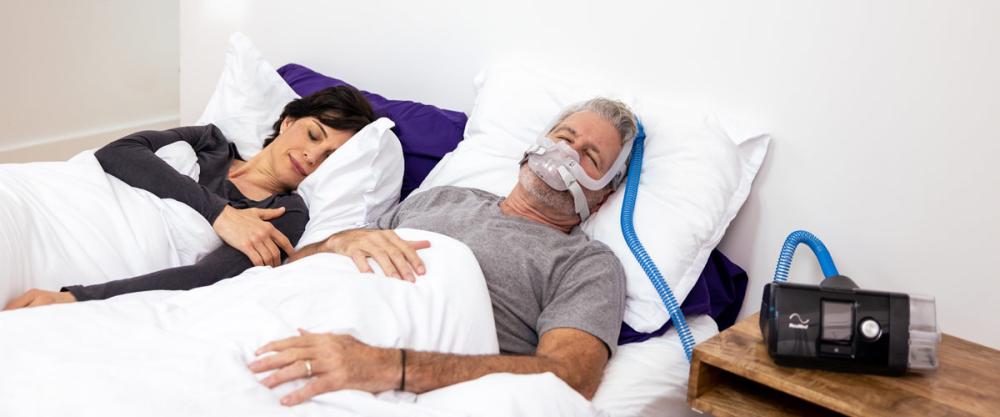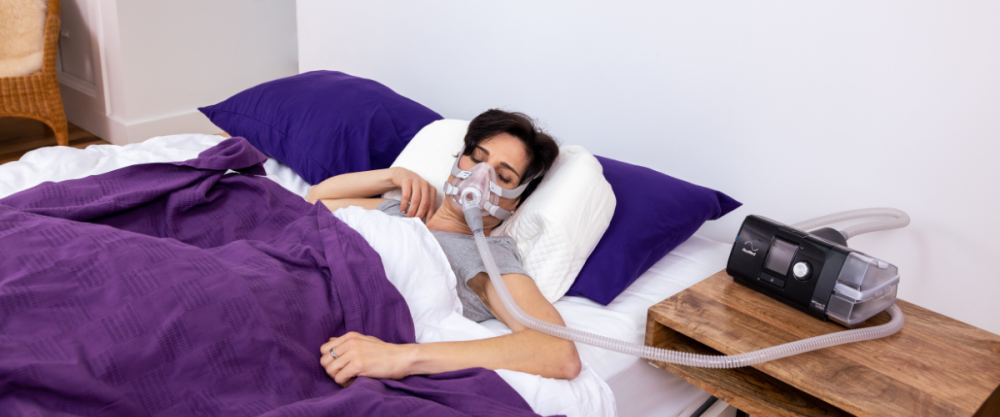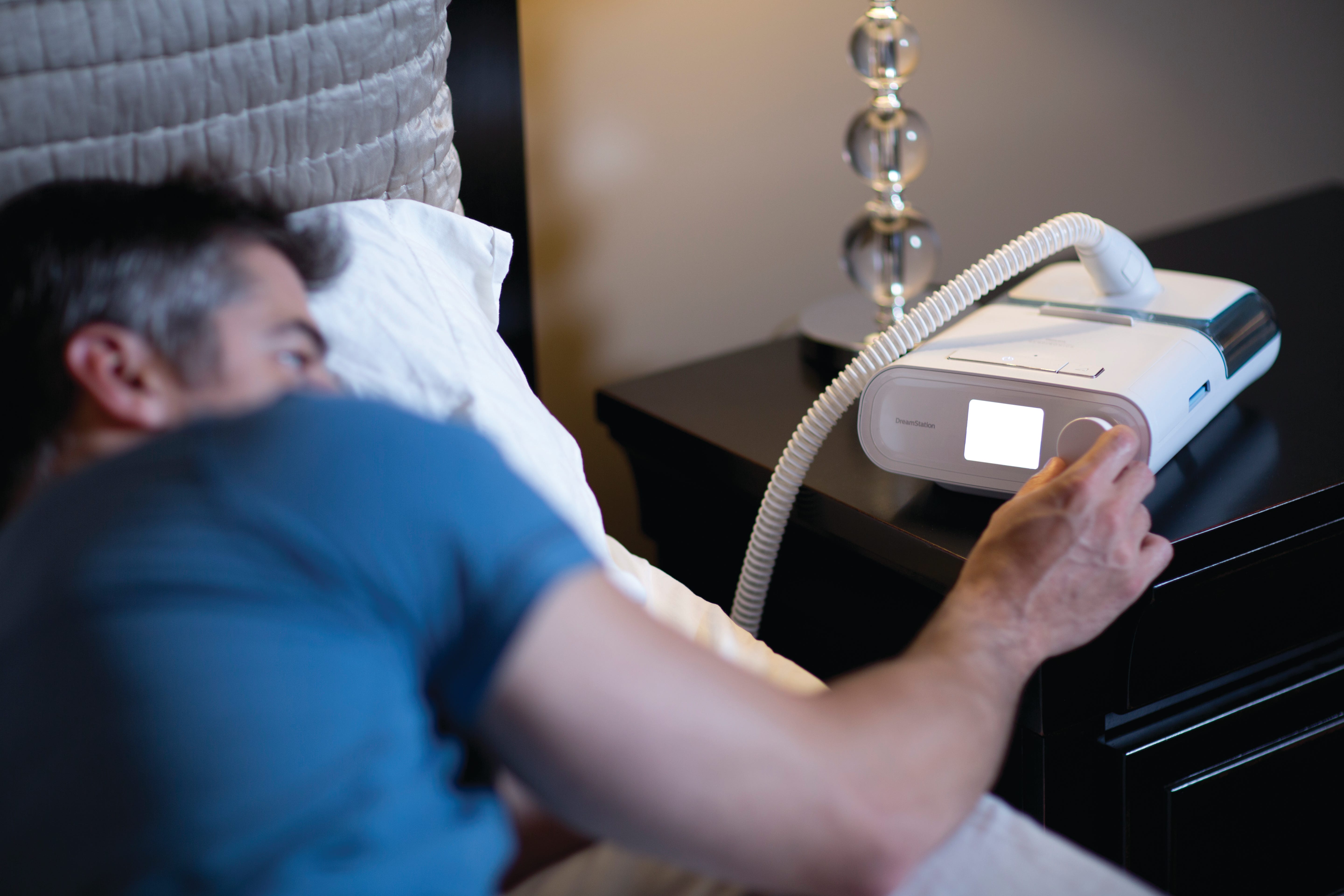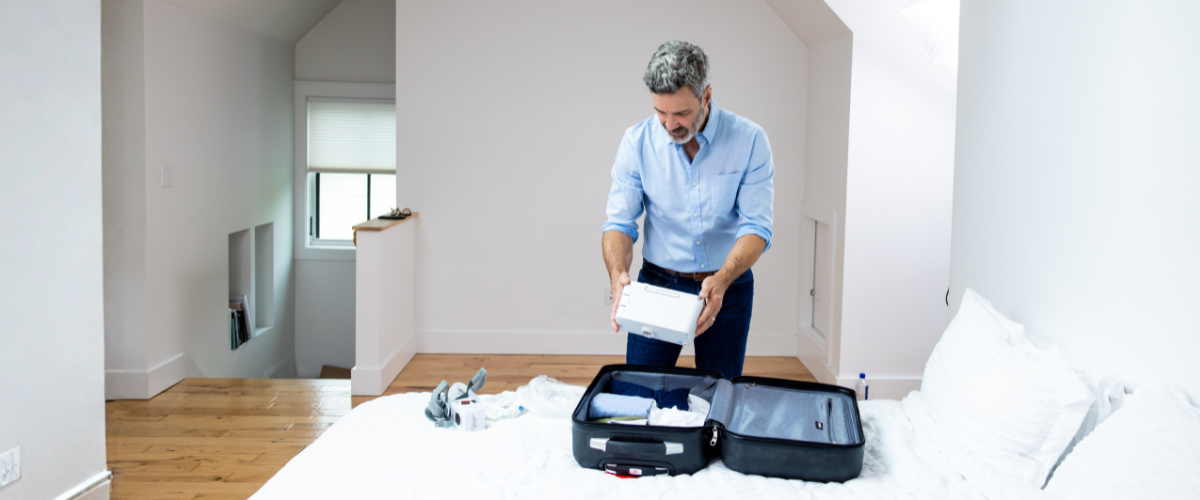After a sleep study has been completed it is interpreted by board-certified sleep physicians. If the patient is not familiar with what the sleep doctor is looking for, they may feel slightly vulnerable. It can be unnerving when you don't know what is going on to cause your symptoms. In order to put nervous patients a little more at ease, here are the indicators sleep doctors are looking for when reading the results of a sleep study, whether in home or in-lab.
The Apnea Hypopnea Index (AHI)
The first, and most commonly analyzed indicator is called the Apnea Hypopnea Index (known as AHI) and is defined as the number of apneas (pauses in breathing) and hypopneas (decreases in airflow) per hour. This index, in conjunction with the oxygen saturation level recorded in the test, is used to determine the severity of the patient’s sleep apnea. It is calculated like this: Number of apneas + number of hypopneas divided by the actual sleep time (in minutes) then multiply by sixty.
Here is an example of how AHI is calculated:
- 160 apneas + 130 hypopneas (290 total events)
- 5 hours actual sleep time (5*60 = 300 minutes)
- Divide 290 by 300 = .97 times 60 = 58
In this case, the AHI calculated is 58. This AHI indicates severe sleep apnea.
According to the American Academy of Sleep Medicine, the scale of severity if sleep Apnea is as follows:
- AHI of 0-5 is considered normal.
- AHI of 5-15 is seen as mild sleep apnea
- AHI of 15-30 is considered moderate sleep apnea
- AHI over 30 is seen as severe.
Respiratory Disturbance Index (RDI)
Another guideline our sleep physicians find important when it comes to making treatment recommendations is called the Respiratory Disturbance Index, or RDI. This index is a combination of AHI and other events associated with respiratory effort or distress, such as oxygen desaturations, awakening episodes from loud snoring, or hypoventilation. This number is generally higher than the AHI and helps give a better overview of the patient’s sleep experience.
Oxygen Desaturation
Oxygen desturation, or a drop in oxygen saturation in the blood, is also a very important factor that helps our sleep doctors decide whether or not to recommend treatment for our patients. This number is significant. If the patient is not absorbing enough oxygen (89% or more concentration in the blood), especially while sleeping, then other serious health problems are likely to arise in addition to sleep apnea. The most common of these conditions associated with low oxygen saturation are diabetes, COPD (Chronic Obstructive Pulmonary Disease) high blood pressure and depression.
Many patients who experience sleep apnea also experience one or more of these health complications, known as “co-morbidities,” to our sleep physicians. These conditions include cardiovascular disorders such as high blood pressure. Our sleep doctors are more likely to recommend treatment when this is the case since improving the oxygen level is not only going to benefit a patient with sleep apnea but also will benefit someone experiencing any of the associated health conditions.
